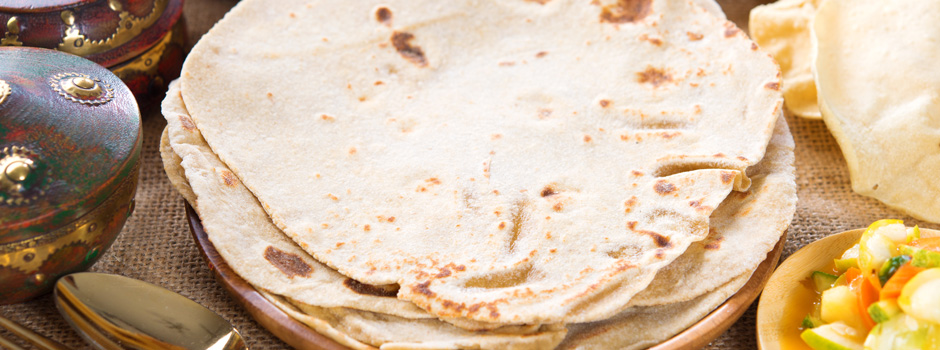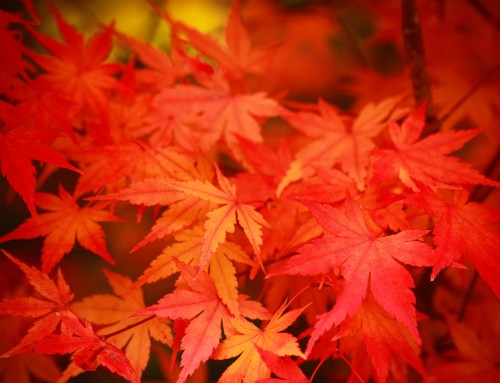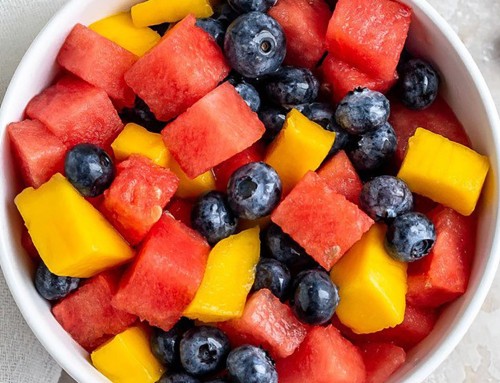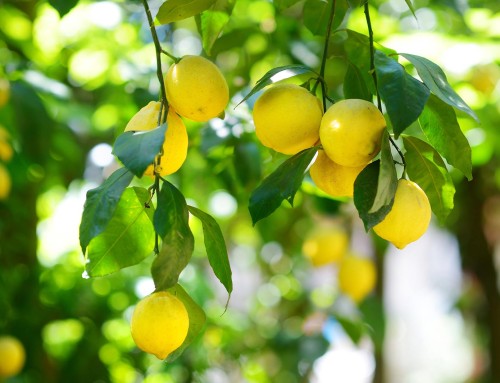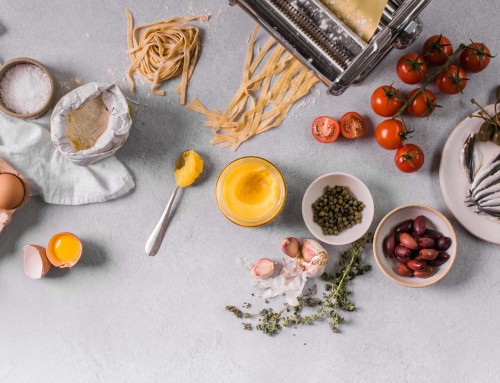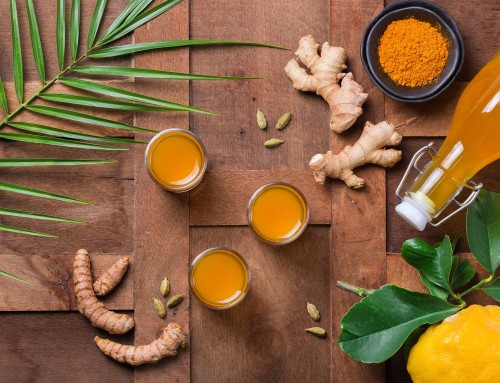For 3-4 chapatis
In the West, bread has gone from being a nourishing food to being a problem for our health. Many people have digestive problems due to the strain of wheat that is universally used to make most modern breads. Digestive problems are caused by the quick acting yeast used in almost all bread making.
Most bread you find in shops contains a host of unnatural ingredients. Even when you think you are buying healthy looking whole grain bread, it usually contains additives, preservatives, dough conditioners and other toxic ingredients.
From the Ayurvedic viewpoint there are problems with the yeast in bread. There are problems even with the old-fashioned slow-acting yeast, that many people think is more healthy than the fast-acting modern yeast. Ayurveda considers that yeast is heavy on the digestive system and potentially over-heating to certain body tissue and organs, such as the blood and the liver. With modern fast-acting yeasts, these problems have been magnified.
Chapatis are a form of unleavened yeast-free bread. They are simple to make, are made from simple natural ingredients, are easy to digest and are health promoting.
Wholewheat chapati flour can be obtained from Indian stores, but is usually non-organic and is made from the same problematic strain of wheat that almost all modern bread is made from. The one good thing about this flour is that it is finely ground and therefore ideal for chapati making.
 I tend to use wholegrain spelt flour for my chapatis. Spelt is an ancient form of wheat and is often suitable for people who have problems with normal wheat (though it still contain gluten, so will be unsuitable for those who are gluten intolerant). Spelt is usually quite finely ground. You can also mix small amounts of other flours with spelt, such as barley, rye, or chick-pea flour. In fact my other favourite flour for chapatis is barley flour.
I tend to use wholegrain spelt flour for my chapatis. Spelt is an ancient form of wheat and is often suitable for people who have problems with normal wheat (though it still contain gluten, so will be unsuitable for those who are gluten intolerant). Spelt is usually quite finely ground. You can also mix small amounts of other flours with spelt, such as barley, rye, or chick-pea flour. In fact my other favourite flour for chapatis is barley flour.
I also have a bag of plain spelt flour handy. Because it is less gritty, the plain spelt flour is better at helping you roll out the chapatis.
Plain Chapatis
Ingredients and utensils
- 1/2 cup wholegrain spelt flour
- Some plain spelt flour
- boiling water
- pinch of sea or rock salt
- Bowl to stir in the ingredients
- Wooden rolling pin
- Wooden spoon
- Large wooden bread board
- Steel slotted turner or a flat spatula for turning the chapatis
- Cast iron, or steel, or enamel skillet or frying pan
- Make sure your hands are well washed.
Instructions
- Place the 1/2 cup of wholegrain spelt flour in the bowl
- Add the pinch of salt into a cup, pour in 1/4 cup of boiling water and stir until the salt melts
- Stir the salted water into the flour mix
- Stir in more hot water until the dough is soft, and even a little sticky – more water in the dough will produce a lighter chapati, but too much will make it fall apart while making
- Cover the dough and allow to stand for little while (up to 15 minutes) – this will soften the flour granules and render the final product more tender and easier to digest
- Put the skillet or pan on medium heat and allow a little while for the pan to heat up
- Spread some plain spelt flour all over your breadboard and have the rolling pin ready
- Take a walnut-sized piece of dough on your hands and flatten it with your fingers
- Double it over, flatten it again and double it again – repeat this about ten times – this allows a little air to get trapped within the dough and will help it puff up
- Roll the piece of dough in your hand to make it into a round ball
- Flatten the ball on the floured board, turn it over and flatten it some more, making sure there is a little flour on each side
- With the rolling pin, roll the dough as thin as you can without it sticking to the roller or the board
- Lift the chapati off the board, using the turner or spatula, and spread a little more plain flour on the board
- Turn over the chapati onto the newly floured board and spread a small amount of plain flour on the top of the chapati
- Roll out the chapati some more and repeat the turning and rolling process, using more plain flour if needed
- Don’t add too much flour when rolling or the dough will become too dry and stiff – keep the added flour to just enough to aid the rolling
- When the dough is rolled out as thin as possible, use your turner or spatula to lift out the chapati into your hand
- Turn the chapati over from hand to hand to help remove excess flour – I like to do this over a sink so that the flour does not spread everywhere
- Place your potential chapati on the heated and dry skillet or pan – no ghee or oil should be used
- Cook on a medium heat until the chapati changes colour a little, then turn it over
- When bubbles or swellings appearing turn it over again
- Do this turning a couple more times until the bubbles or swellings turn slightly brown. If the bubbles go black, you have the heat too high. If they do not brown, you have the heat too low
- Take out of the pan and put on a plate
- Then make your next chapati
- Before serving with the meal, place the chapatis under a hot grill for half a minute so they puff up
- Try spreading ghee or butter on the warm chapati.
The trick while cooking the chapatis is to have the pan at the right temperature. If the heat is too high, you easily burn the chapatis. If the heat is too low, the chapati will loose too much water vapour while it is cooking slowly and the resulting chapati will become leathery instead of tender. Overcooking the chapati can also make it too tough. To obtain a tender chapati keep the cooking temperature quite high, so that it cooks quickly.
If you are making a number of chapatis, flour will start to collect in the pan and burnt flour can start to stick to your chapatis. This can cause them to taste a little bitter. Between chapatis, I use a piece of paper kitchen roll to brush off excess flour from the pan.
Rich Chapati
The addition of ghee makes the chapati richer and more tender.
- 1/2 cup wholegrain spelt flour
- Some plain spelt flour
- boiling water
- pinch sea or rock salt
- 1 tbsp BioAustria organic ghee (or coconut oil, or olive oil)
Use the same procedure as before except:
- Melt the ghee in hot water before adding to the flour.
- When folding the individual pieces of dough, you can smear a little extra ghee on the flattened surface a few times during the process. This gives the chapati an especially flaky texture and a rick flavour.
Sweet Chapati
- 1/2 cup wholegrain spelt flour
- some plain spelt flour
- hot milk
- 2-3 tbsp raw unrefined sugar (try rapadura sugar, jaggary sugar or coconut sugar)
- 1 tbsp BioAustria organic ghee
- 1 tsp cinnamon
Proceed as before, except melt ghee and sugar in hot milk instead of water, and add to the flour along with the cinnamon and salt.
Spiced Chapati
- 1/2 cup wholegrain spelt flour
- some plain spelt flour
- boiling water
- 1 tbsp BioAustria organic ghee
- 2 tsp Maharishi Ayurveda Vata Churna*, Pitta Churna* or Kapha Churna*
- 1 tsp coriander powder
- pinch sea or rock salt
Fry the cumin and coriander in the ghee for half a minute. Add them along with the salt and hot water to the flour and continue as before. One can use various herbs and spices according to your taste.
*Choose Vata, Pitta, or Kapha Churna according to the season and according to your body-type. Do take a body-type test download our catalogue.

